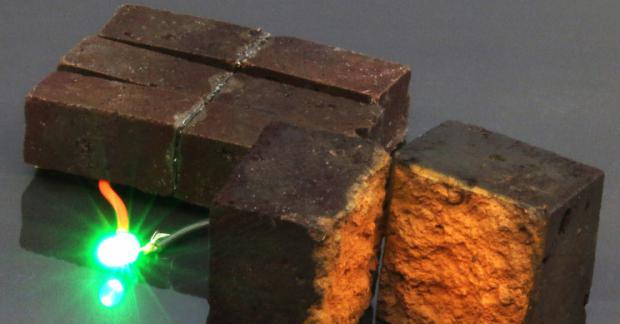
Breaking News
22 ARC vs. 6mm ARC: Which Advanced Rifle Cartridge Is Better?
 Who Is ?@NickShirley?? | PBD Podcast | 710
Who Is ?@NickShirley?? | PBD Podcast | 710
 20 Cozy Ways to Celebrate New Year's Eve at Home
20 Cozy Ways to Celebrate New Year's Eve at Home
 The methylation switch: Scientists identify diet that can turn back the cellular clock
The methylation switch: Scientists identify diet that can turn back the cellular clock
Top Tech News
 Laser weapons go mobile on US Army small vehicles
Laser weapons go mobile on US Army small vehicles
 EngineAI T800: Born to Disrupt! #EngineAI #robotics #newtechnology #newproduct
EngineAI T800: Born to Disrupt! #EngineAI #robotics #newtechnology #newproduct
 This Silicon Anode Breakthrough Could Mark A Turning Point For EV Batteries [Update]
This Silicon Anode Breakthrough Could Mark A Turning Point For EV Batteries [Update]
 Travel gadget promises to dry and iron your clothes – totally hands-free
Travel gadget promises to dry and iron your clothes – totally hands-free
 Perfect Aircrete, Kitchen Ingredients.
Perfect Aircrete, Kitchen Ingredients.
 Futuristic pixel-raising display lets you feel what's onscreen
Futuristic pixel-raising display lets you feel what's onscreen
 Cutting-Edge Facility Generates Pure Water and Hydrogen Fuel from Seawater for Mere Pennies
Cutting-Edge Facility Generates Pure Water and Hydrogen Fuel from Seawater for Mere Pennies
 This tiny dev board is packed with features for ambitious makers
This tiny dev board is packed with features for ambitious makers
 Scientists Discover Gel to Regrow Tooth Enamel
Scientists Discover Gel to Regrow Tooth Enamel
 Vitamin C and Dandelion Root Killing Cancer Cells -- as Former CDC Director Calls for COVID-19...
Vitamin C and Dandelion Root Killing Cancer Cells -- as Former CDC Director Calls for COVID-19...
Researchers Turn Red Bricks Into Supercapacitor Battery

Red bricks, one of the world's most abundant and cheapest building materials, can be converted into batteries that can be charged to hold electricity, according to new research from Washington University in St. Louis.
If their "smart brick" concept is truly scalable, we might have whole new meanings for the concept of a self-sustainable home and a bricked battery.
The researchers behind the concept published their proof-of-concept on August 11 in Nature Communications, in which they showed a brick directly powering a green LED light (picture above).
"Our method works with regular brick or recycled bricks, and we can make our own bricks as well," Julio D'Arcy, assistant professor of chemistry explained in a press release.
This Ghostly 'Blue Whirl' Spinning Light Is Made of Three Distinct Flames
"As a matter of fact, the work that we have published in Nature Communications stems from bricks that we bought at Home Depot right here in Brentwood (Missouri); each brick was 65 cents," he continued.
Essentially, D'Arcy and colleagues, including Washington University graduate student Hongmin Wang, first author of the new study, detailed how to convert red bricks into a supercapacitor.
"In this work, we have developed a coating of the conducting polymer PEDOT, which is comprised of nanofibers that penetrate the inner porous network of a brick; a polymer coating remains trapped in a brick and serves as an ion sponge that stores and conducts electricity," D'Arcy said.
The iron oxide and rust in red bricks that give them their color are essential for triggering the polymerization reaction. The researchers say that walls made from these bricks have a potential for storing a large amount of energy.
"PEDOT-coated bricks are ideal building blocks that can provide power to emergency lighting," D'Arcy said. "We envision that this could be a reality when you connect our bricks with solar cells—this could take 50 bricks in close proximity to the load. These 50 bricks would enable powering emergency lighting for five hours.
"Advantageously, a brick wall serving as a supercapacitor can be recharged hundreds of thousands of times within an hour. If you connect a couple of bricks, microelectronics sensors would be easily powered."



